Kale for fall planting?
DrHorticulture_
15 years ago
Related Stories
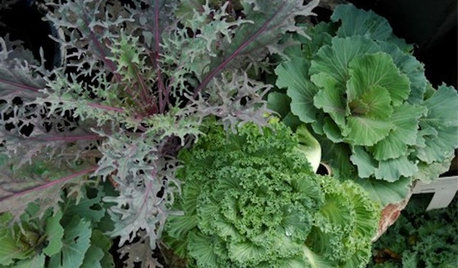
WINTER GARDENINGGreat Design Plant: Ornamental Cabbage and Kale
Yes, you can actually eat them. Or you can just marvel at their striking, unusual foliage during all four seasons in the garden
Full Story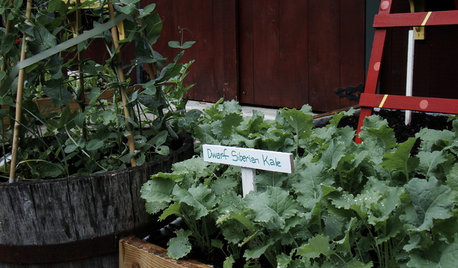
EDIBLE GARDENSCool-Season Vegetables: How to Grow Kale
This leafy green superfood is also a superhero in the garden through fall chills and winter snow
Full Story
GARDENING GUIDES8 Plants Bursting With Beautiful Fall Foliage
Luscious berries, rich crimson leaves and stellar stalks show that nary a flower is needed for enthralling autumn gardens
Full Story
NATIVE PLANTSPlant These Fall-Flowering Natives in Early Summer for Pollinator Love
These 3 groups of plants will support masses of beneficial insects come autumn
Full Story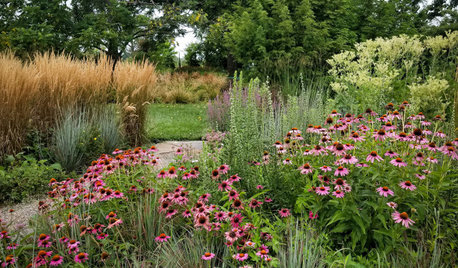
FALL GARDENING20 Favorite Flowers for the Fall Landscape
Vivid blooms and striking shapes make these annuals and perennials a delight in autumn gardens
Full Story
GARDENING GUIDESGrow a Beautiful Fall Garden in a Pot
Welcome autumn with 7 gorgeous plants that thrive in containers and enliven your porch or patio throughout the cooler season
Full Story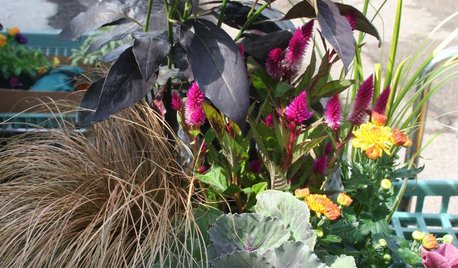
CONTAINER GARDENSNew Colors for Your Fall Planters
Take a break from the same old orange, red and yellow plants and enjoy some fresh colors in your pots this fall
Full Story
FALL GARDENING7 Reasons Not to Clean Up Your Fall Garden
Before you pluck and rake, consider wildlife, the health of your plants and your own right to relax
Full Story
FALL GARDENINGGreat Design Plant: Symphyotrichum Novae-Angliae Ushers in Fall
With bold purple flowers easily accessible to pollinators, New England aster offers loads of interest in the autumn garden
Full Story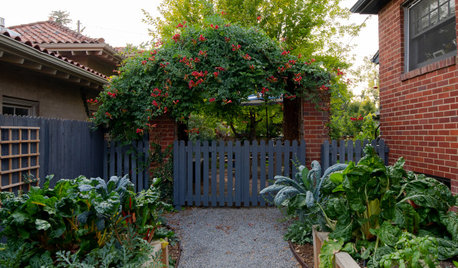
GARDENING GUIDES12 Edibles Perfect to Plant in Late Summer
Keep those homegrown vegetables and greens coming well into fall
Full Story






sprouts_honor
glib
Related Professionals
Wrentham Landscape Architects & Landscape Designers · Chattanooga Landscape Architects & Landscape Designers · Lyons Landscape Architects & Landscape Designers · Southfield Landscape Architects & Landscape Designers · Paradise Landscape Architects & Landscape Designers · Flagstaff Landscape Contractors · Indianapolis Landscape Contractors · Mastic Beach Landscape Contractors · San Antonio Landscape Contractors · St. Louis Landscape Contractors · Vineyard Landscape Contractors · Woodland Landscape Contractors · Palos Heights Landscape Contractors · Cincinnati Driveway Installation & Maintenance · Redford Driveway Installation & Maintenancesprouts_honor
P POD
aulani
lorna-organic